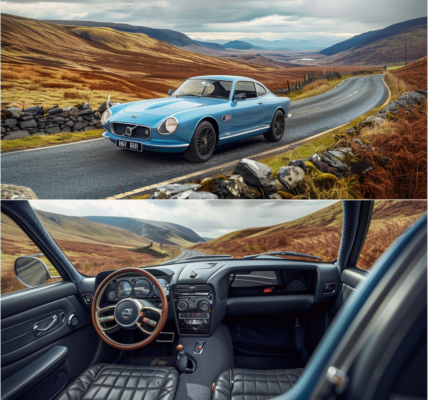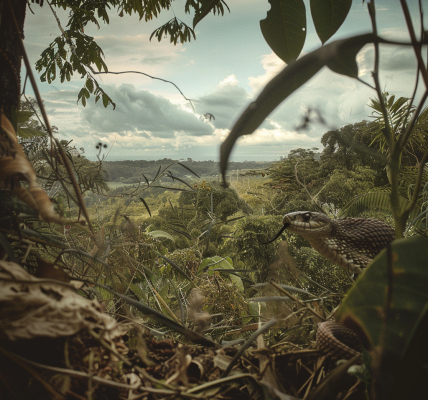Engineers Filmed An Ice Hockey Match From Below The Ice, Recording A Once
“Impossible” Angle
This is just the tip of the iceberg of what these cameras can do!
By Dr. Beccy Corkill, Custom Content Manager
What the puck? Image courtesy of Axis Communications
In today’s world, modern camera technology is used in so many ways, from taking snaps during a poolside holiday to surveying the grounds of a vital business. Despite these important uses, not all cameras are made the same, and some are not as weather-resilient as others.
Although there are many extreme conditions that affect the performance of security cameras, ice is known to be particularly troublesome. It can drain batteries while also obscuring the image.
Axis Communications is a network technology and industry leader that offers solutions in video surveillance, access control, intercom, and audio systems. They decided to push the boundaries of their technology in a harsh environment by creating an unusual experiment to test it in the extreme. They went to Ulricehamns Ishall in Sweden to film an ice hockey match from a seemingly “impossible” angle – inside the ice.
Ice hockey is a fast-paced, thrilling sport that is one of the most popular winter sports in the world. It is a game between two teams who wear skates and play on an ice rink; the aim is to propel a rubber disk (called the puck) past the goal line that is guarded by a goalie.
Translating the excitement to a screen for at-home-viewers means that footage needs to come from all angles, but is it really possible to film it from inside the ice?
There were some logistical challenges to this experiment. Firstly, the camera itself would have to be workable after being encased in ice. Secondly, the ice in an ice rink is less than 40 millimeters (1.6 inches) thick, so the camera would have to fit into that space. Thirdly, the ice had to be clear enough so that the camera could film the spectacular footage.
The experimental setup included a sensor and a main unit with audio. The camera that was chosen was AXIS F2135-RE Fisheye Sensor. This was a full high-definition sensor that had 60 frames per second at 1080p and could record in color and audio. It also provided a 185° horizontal field view and





